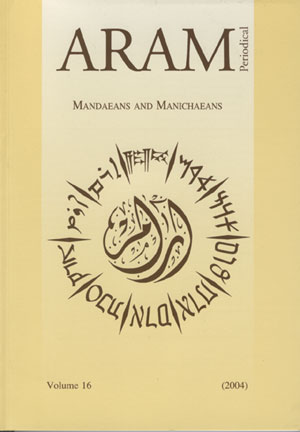 previous article in this issue previous article in this issue | next article in this issue  |

|
Document Details : Title: Mamluk Khirbat Faris Author(s): McQUITTY, Alison M. , SARLEY-PONTIN, Mads , KHOURY, Mona , HOPE, Charles , HOPE, Chantell F. Journal: ARAM Periodical Volume: 9 Issue: 1-2 Date: 1997 Pages: 181-226 DOI: 10.2143/ARAM.9.1.2002175 Abstract : Khirbat Faris is located on the Kerak Plateau in Jordan about 20 km north of Kerak town. The site lies in rich wheat and barley growing land (when there is adequate rainfall) and on the edge of a well-watered wadi which drains westwards into the Dead Sea. There are no natural springs on the plateau and the water is either brought up from springs in the wadi or stored in cisterns. The modern land-use is mixed-farming with grain, legumes and summer-crops being raised on the plateau while tomatos, grapes and fruit are cultivated on the wadi-sides and bottom. Herds of livestock, predominantly sheep, complement this agriculture. The view of settlement in this area during the Middle Islamic period is based on primary Arabic historical and geographical sources and archaeological survey material. The historical sources suggest that during the Mamluk period (1263-1516) until the mid-fifteenth century there was a vibrant rural economy in the Kerak hinterland while Kerak town itself was an important centre for the Bahri Mamluks. Khirbat Faris itself is not mentioned in the historical records; its original name was probably Tadun which is now used to refer to the next-door Classical site. |
|
